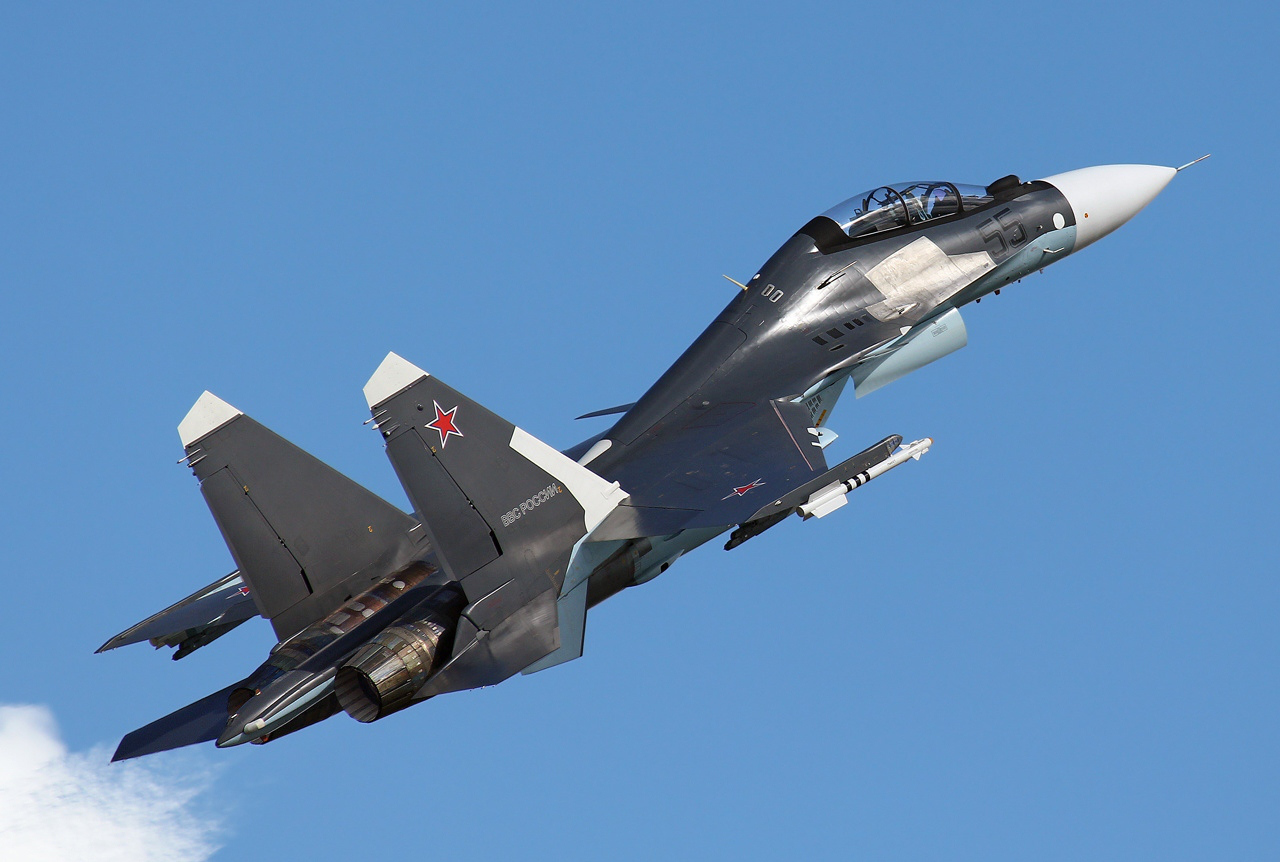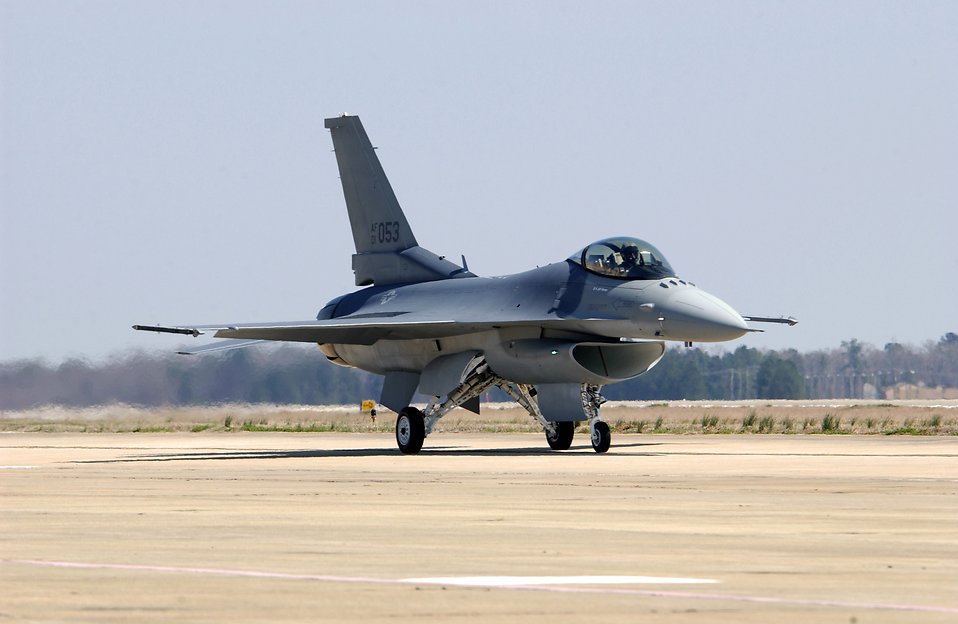
As the war in Ukraine persists, a high-risk military strategy inherited from the Vietnam War era has resurfaced in the skies over Eastern Europe.

Ukrainian pilots, steering their Soviet-era jets, have adopted the “wild weasel” missions to suppress and destroy Russian air defenses—a tactic first developed by the United States Air Force.

This strategy has the pilots lure enemy anti-aircraft defenses into revealing their positions by targeting them with radar, which the Ukrainian pilots then trace back to the source and counter with precision weaponry.

These missions, perilous as they are, have become a crucial aspect of Ukraine’s defense against a Russian force with an imposing air capability.

At the heart of these missions are the US-made AGM-88 High-speed Anti-Radiation Missiles (HARMs), which have equipped Ukrainian pilots with Suppression of Enemy Air Defenses (SEAD) and Destruction of Enemy Air Defenses (DEAD) capabilities.

With a range of approximately 90 miles, HARMs can target and neutralize enemy radar even after they have been turned off, offering a significant edge in electronic warfare.

Adapting HARM for Ukraine is challenging due to the incompatibility of old Soviet-era jets like the MIG-29 and the Su-27 fighters with modern Western technology.

Recently, US Undersecretary of Defense for Acquisition and Sustainment William LaPlante mentioned that Ukraine had resorted to using iPads to try to make their jets compatible with Western weapons.

It was mentioned that “They’re flying it in conflict like a week after we get it to them,” illustrating the urgency and adaptability inherent in the Ukrainian response.

However, the dynamic nature of warfare is evident as Russian SAM operators have adapted their tactics in response to Ukraine’s use of HARMs, shifting the nature of engagements to be more suppressive rather than outright destructive.

As a result, HARM launches compel Russian operators to deactivate their radars and reposition, creating opportunities for Ukraine to deploy other strike systems with decreased risk of interception.

Amid these tactical evolutions, there is a strategic chess game unfolding over the prospect of delivering F-16 fighter jets to Ukraine.

While the Soviet-era jets have been successfully modified to fire HARMs, they lack the full capabilities of their modern counterparts.

The upcoming delivery of F-16s, as announced by countries like the Netherlands and Denmark, is anticipated to bolster Ukrainian air superiority significantly.

“Ukraine is putting great emphasis on SEAD and DEAD missions,” remarked Frederik Mertens, a Strategic Analyst at the Hague Centre for Strategic Studies, highlighting the significance of these efforts.

